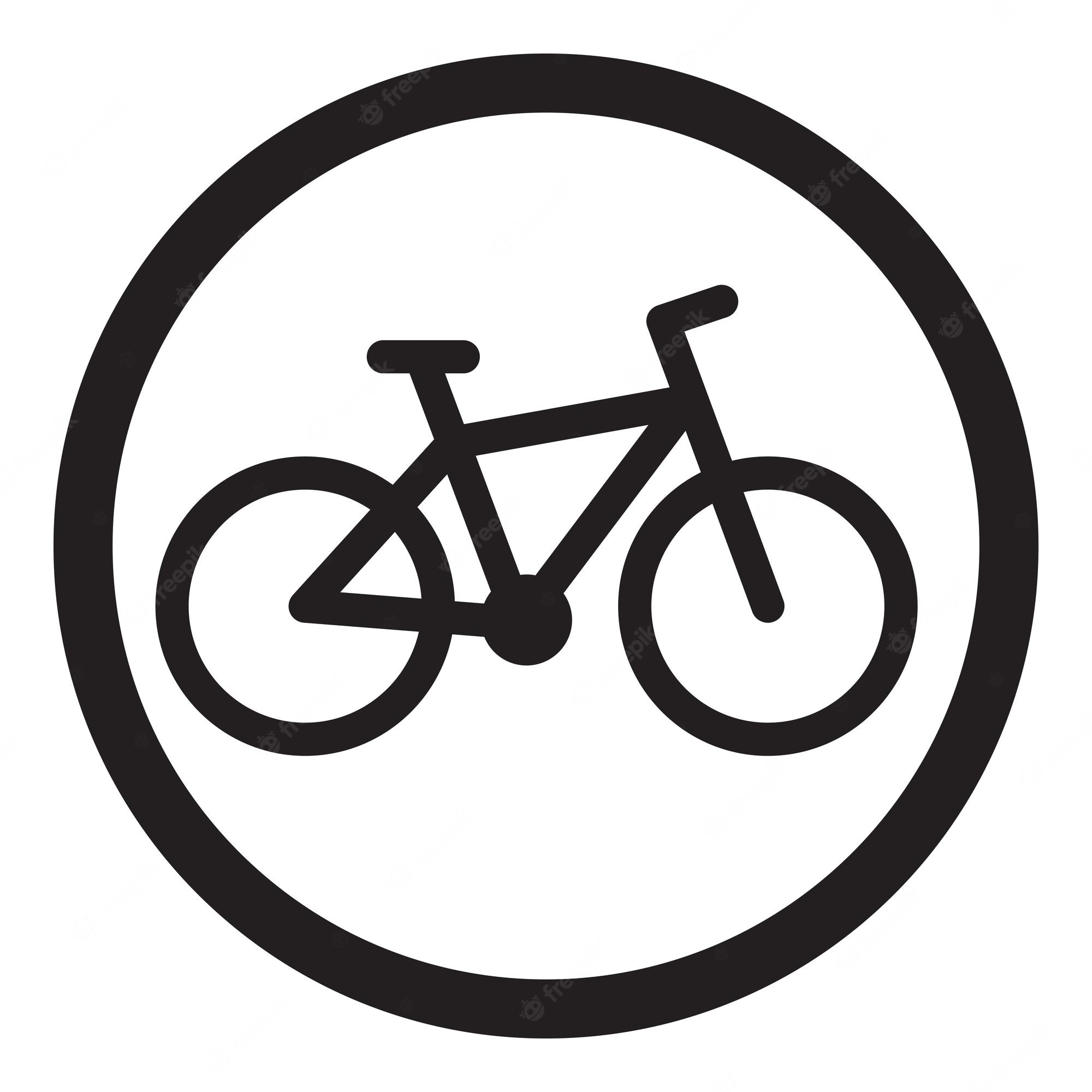- cross-posted to:
- [email protected]
- [email protected]
- cross-posted to:
- [email protected]
- [email protected]
Love this website, the layout is great and the explanations are simple and straight-forward.
“The weather is bad”: This one is the least convincing of them all.
Where I live it’s 90°F (or higher) with 90%+ humidity at least six months out of the year (more like 9 lately though) and it rains heavily at random in random locations on any given random day. When the weather report says, “50% chance of rain” what it really means is that all day it will be raining down on 50% of the county for ten to twenty minutes at a time (LOL).
The argument that website is making is that if the weather is that bad it’s too awful just to go outside (which is 100% accurate haha)… Therefore the weather preventing cycling is a myth? WTF? It’s silly.
Yea, I think there’s some truth in that argument when it comes to temperature - I know I can adjust to pretty hot or cold weather after a while. But yea, no matter how much I love biking I am less likely to do it in the rain or snow, where it’s not only more uncomfortable but also more dangerous.
It’s still feasible. I biked to work most days in the winter, and after 5 min or so, I’m plenty warm. I generally avoid going the same day as a snowstorm, but cold weather is pretty easy to adapt to (just wear more layers). Throw on some panniers and you can take off a layer or two if you want (though I prefer to just start colder so I don’t need to stop).
Heat is a lot harder though. At a certain point, I just cannot drink water fast enough to keep myself hydrated (I’m in a dry climate), and in more humid weather I can easily overheat. That said, it’s fine most of the time, and I only avoid cycling for a few days of the year.
That said, this is for newer cyclists, so I would leave the advice at: “it’s feasible, but you’ll want to work up to it.”
Aerobic exercise in the heat is difficult. What I’ve found that works for me is “salt sticks.” They’re capsules of electrolytes that help rebalance during times of high water intake.
I take one after approximately consuming 1.5 liters of water, depending on temperature and water consumption rate. I also take one if my fingers start swelling; a certain sign of dehydration. It works for me and maybe it’ll work for you.
This is the video that convinced me to give electrolytes a try is GearSkeptic’s Performance Nutrition for Backpacking, Part 4: Electrolyte Balance. The whole playlist is good, as long as you’re prepared for many hours of talking hands and reading up his sources.
I’ll check it out, thanks!
Ice is an issue, no lie. shady side of things it can stick around. Had a rider go down on ice (I don’t think it was consensual) on a ride last week, on a skinny tire fixie. He said he was fine; Winter has it’s padded clothing, after all. I suddenly got a whole lot more cautious. lol.
I grew up in a place with weather like that. And I loved the rain for walking or biking. If it got too intense I’d find shelter. Now I live in a place, and when the noble weather prognosticators say 50%, they mean “flip a coin”, maybe it will, maybe it won’t. Which to me seems a very different interpretation of what percent precipitation means. And I still love to ride in it, because it is such a treat when it does rain. I figure since it’s my main transport, the gear to keep me comfortable on the bike is part of my ‘transportation allotment’. Ya definitely need some warmies in this climate, in the Winter. Come Spring, and the warm weather people start riding again. I’m Citizen Smiley Face all, “nice to see folks riding again.” We have some social bike groups/rides, and the numbers have a predictable sine curve over the course of the year.
I live in Boston and for years I’d bike for as long into the winter as I felt comfortable. And every year around November or December, I’d hang up my helmet and start taking the T until March or April. My situation changed a few years ago and I didn’t have the T to fall back on. So I manned up and pushed through the winter. It wasn’t pleasant or easy and there was still some learning, but I did it. The point is, temperature and precipitation are real.
Around here, winter routinely hits -20C, and we can have heavy snow at short notice. Riding in weather like that means (a) studded tires (and extra $400), winter riding gear, and likely a place to shower at work. Also, the skill to ride on snow, which is non-trivial. Winterizing your bike is another story.
-30C (and colder!) is pretty much out.
-20 isn’t so bad. Neither is the winter gear, assuming you go outside at all during winter, as it’s the same gear as going out for a walk.
Studded tires are nice, but also not necessary if there’s proper bike infrastructure. Plowing bike lanes goes a long way.
You can get studded tires for $80-150 easy
The absolute cheapest trustworthy tires we could find here were from Amazon, at $140 per tire (cdn.). Most started at $200 and went up.
Good resource thanks for posting! It seems like they really went out of their way to avoid mentioning EBikes. My experience has been that for folks with disabilities EBikes are a game changer as they allow people to put in as much effort as comfortable but not go past that. I also think the section about it getting sweaty could have mentioned EBikes as a potential solution. I understand they don’t want to piss off cycling purists, but I think it’s important to recognize the positive impacts these new technologies have.
Finally, I get their stance on helmets and agree that helmet mandates aren’t ideal. That said, I think it’s disengenuous to say that helmets are useless. It’s true that those studies looking at city helmet use found no difference in safety overall, but I’m not convinced that wearing a helmet wouldn’t improve my personal safety. I’ve absolutely wrecked a helmet riding on the street, and I’m very glad it wasn’t my head instead.
I agree 100%.
Ebikes are great, especially for basic transportation. Regular bikes are also great, especially for exercise and bike trecking (do hybrid ebikes exist?). They have different use cases and are not fantastic ways to get around.
Likewise with helmets, I hate mandates, and they’re rarely enforced anyway, so they shouldn’t exist. But I wear a helmet every time I ride (well, maybe not down the street to my neighbor’s house), and I make my kids do the same. However, if you’re riding pretty slow and on well kept, segregated bike paths, there’s really no benefit. My brother wrecked pretty bad while wearing a helmet (car hit just under the helmet), and I’ve wrecked pretty bad without my helmet helping (I was able to avoid hitting my head in an unplanned dismount).
I haven’t gone through all the advice, but I’m sure there are plenty of similar things where more options would be welcome.
deleted by creator
Not sure if any exist. Recharging by pedal would require adding resistance to the pedaling. The added resistance is fine in a car because they’re so heavy and fast that it’s barely noticeable downhill. But it’d be very noticeable to someone on a bike.
I mean pedaling would recharge the battery. So you could go for a longer ride (say cross country) and alternate between charging and depleting the battery, just like in a hybrid car.
deleted by creator
Ebikes are great for climbing, and I’d be willing to recharge a bit on the flats or downhill if it was reasonably productive. I just don’t know how productive they could be.
Wow, this is awesome! I do wish that they’d list citations when mentioning studies in some of the explanations though. :)
Which ones? I haven’t looked at all of them but a lot of them have a “Further Reading” section below, which is the citations.
The example below mentions studies from the Netherlands in the 70s and the USA in the 2010s. One paper is linked from the Dublin Institute of Technology and the other is a dead link.
https://cyclingfallacies.com/en/3/shopkeepers-rely-on-people-driving
I do appreciate that section at the bottom though!
Ah yea, could use some updating for sure. Good catch
I emailed the author to let them know. :)
The helmet part is such a misrepresentation of the data. The reason there’s not any significant injury reduction is because there is an opposite effect of people driving less safely when they are wearing a helmet out of a false sense of security, therefore causing more injury. The real solution here is to educate people about the importance of helmets and about the importance of other safety measures such as safe cycling practices.
The real solution here is to educate people about the importance of helmets and about the importance of other safety measures such as safe cycling practices.
So the real solution to cyclists getting run over is teaching cyclists about safety?
I’m not against teaching the importance of helmet and cycling safely - I think those are relevant ingredients - but this is FAR far away from a real solution.
Okay, yeah, I was thinking only from the cyclists’ perspective. Definitely the most important part is to teach drivers to drive safely with cyclists.
I believe that this could be the case, but do you have any evidence or studies to back it up?





